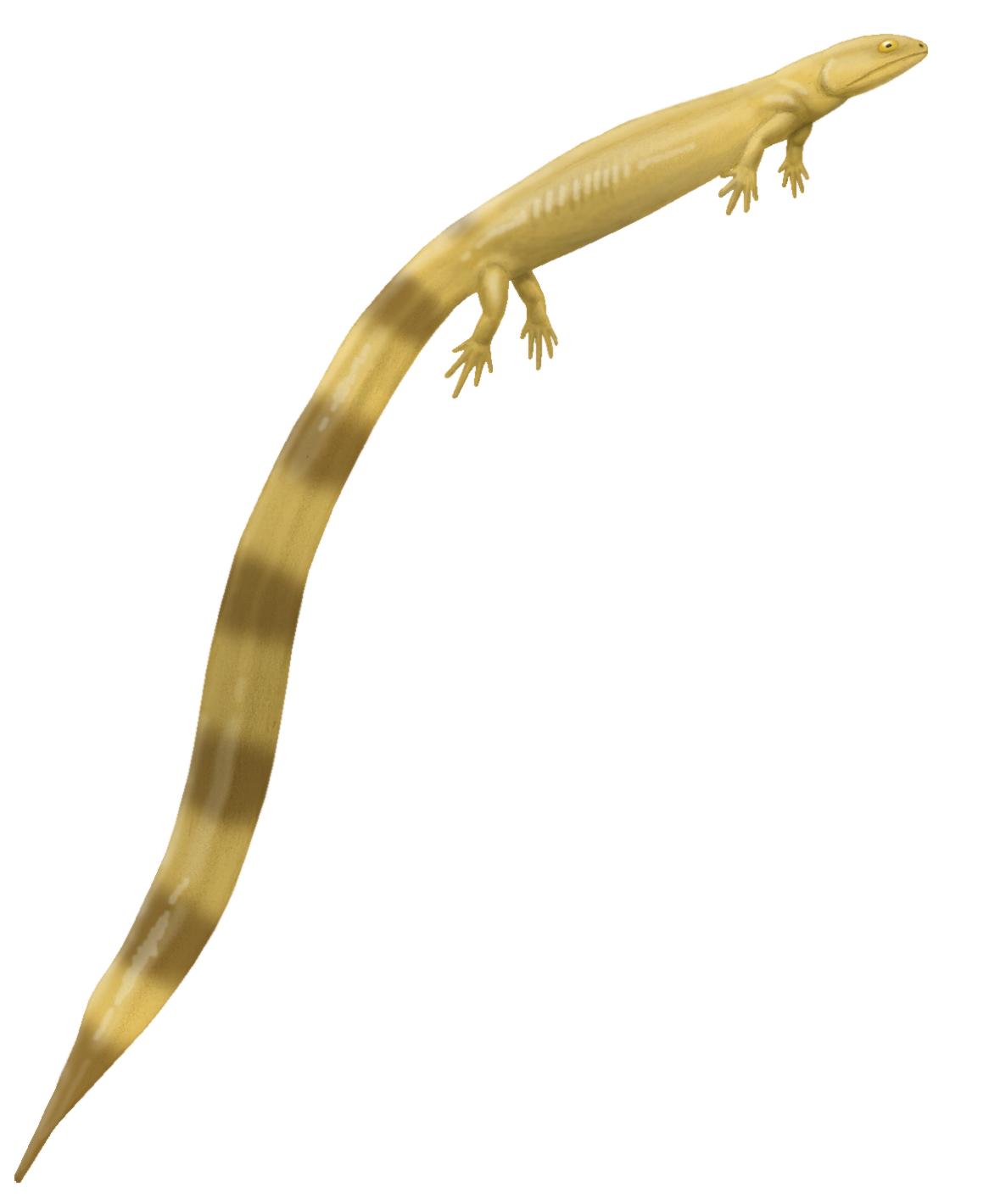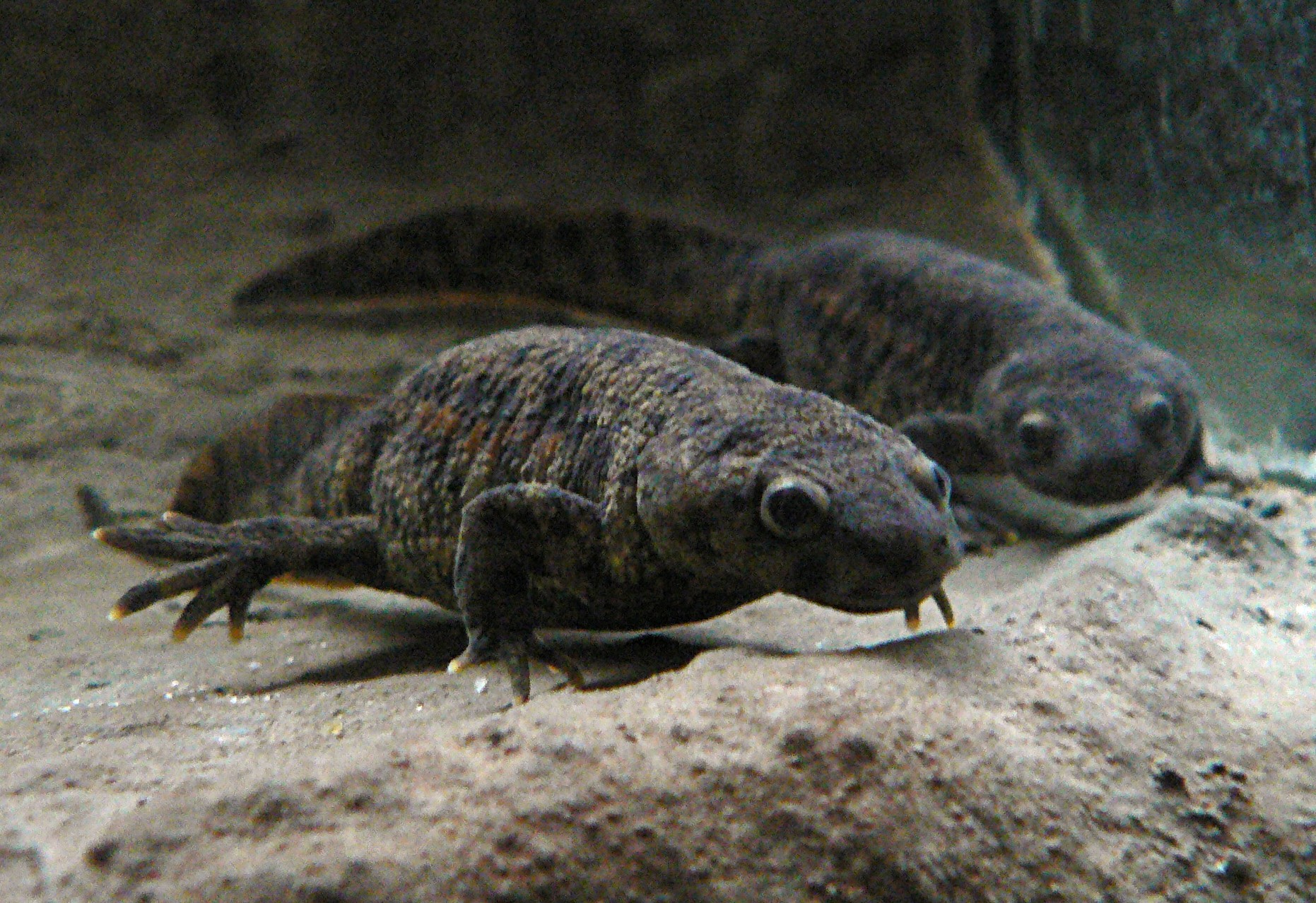|
Sauropleurinae
Sauropleurinae is an extinct subfamily of nectridean tetrapodomorphs. Along with the subfamily Urocordylinae, Sauropleurinae is part of the family Urocordylidae. Like other urocordylids, sauropleurines have long, flattened tails and superficially resemble aquatic newts. They differ from urocordylines in having narrow, pointed skulls. Sauropleurinae includes the genera ''Sauropleura'', ''Crossotelos'', '' Lepterpeton'', and '' Montcellia'', which lived during the Late Carboniferous and Early Permian 01 or 01 may refer to: * The year 2001, or any year ending with 01 * The month of January * 1 (number) Music * '01 (Richard Müller album), ''01'' (Richard Müller album), 2001 * 01 (Urban Zakapa album), ''01'' (Urban Zakapa album), 2011 * ''01011 ... in what is now North America and Europe. References Urocordylidae Pennsylvanian first appearances Cisuralian extinctions {{Paleo-tetrapodomorph-stub ... [...More Info...] [...Related Items...] OR: [Wikipedia] [Google] [Baidu] |
Urocordylidae
The Urocordylidae are an extinct family (biology), family of nectridean lepospondyl amphibians. Urocordylids lived during the Late Carboniferous and Early Permian in what is now Europe and North America and are characterized by their very long, paddle-like tails. In life, they were probably newt-like and aquatic. Fossils have been found from Ireland, France, and the eastern United States. The family was named by English naturalist Richard Lydekker in 1889 and includes the well-known genera ''Urocordylus'' and ''Sauropleura'', as well as several others based on less-complete material. The family Urocordylidae is divided into two subfamilies, the Urocordylinae and the Sauropleurinae. The two groups are distinguished by the shapes of their skulls; urocordylines have short, blunt skulls, and sauropleurines have longer, pointed skulls. Description Urocordylids are distinguished by their elongated tails. Each tail vertebra has an upper crest of bone called a neural arch and a lower cr ... [...More Info...] [...Related Items...] OR: [Wikipedia] [Google] [Baidu] |
Urocordylinae
Urocordylinae is an extinct subfamily of nectridean tetrapodomorphs that includes several small newt-like species with short skulls and elongated, flattened tails. Urocordylinae belongs to the family Urocordylidae, which also includes the subfamily Sauropleurinae. Urocordylines lived during the Late Carboniferous and fossils are known from North America and Europe. The best-known urocordyline is ''Urocordylus ''Urocordylus'' (from Greek: οὐρά oura, 'tail' and Greek: κορδῡ́λη kordū́lē, 'club') is an extinct genus of nectridean tetrapodomorphs. It is the type genus of the family Urocordylidae. Fossils have been found from Ireland that d ...'' from Ireland. References Urocordylidae Carboniferous sarcopterygians Pennsylvanian first appearances Pennsylvanian extinctions {{Paleo-tetrapodomorph-stub ... [...More Info...] [...Related Items...] OR: [Wikipedia] [Google] [Baidu] |
Sauropleura Pectinata
''Sauropleura'' (meaning "lizard side") is an extinct genus of nectridean tetrapodomorphs within the family Urocordylidae The Urocordylidae are an extinct family (biology), family of nectridean lepospondyl amphibians. Urocordylids lived during the Late Carboniferous and Early Permian in what is now Europe and North America and are characterized by their very long, p .... Fossils are known from the United States (Texas, Ohio) and Europe (Czech Republic). The following species are included: * ''Sauropleura bairdi'' * ''Sauropleura longicaudata'' * ''Sauropleura pectinata'' * ''Sauropleura scalaris'' References Urocordylidae Pennsylvanian sarcopterygians Carboniferous sarcopterygians of Europe Carboniferous sarcopterygians of North America Cisuralian sarcopterygians Permian sarcopterygians of North America Taxa named by Edward Drinker Cope Fossil taxa described in 1868 {{Paleo-tetrapodomorph-stub ... [...More Info...] [...Related Items...] OR: [Wikipedia] [Google] [Baidu] |
Crossotelos
''Crossotelos'' is an extinct genus of nectridean tetrapodomorphs within the family Urocordylidae. It contains a single species, ''Crossotelos annulatus''. ''Crossotelos'' lived in modern-day Oklahoma and Texas, United States during the Early Permian 01 or 01 may refer to: * The year 2001, or any year ending with 01 * The month of January * 1 (number) Music * '01 (Richard Müller album), ''01'' (Richard Müller album), 2001 * 01 (Urban Zakapa album), ''01'' (Urban Zakapa album), 2011 * ''01011 .... References Urocordylidae Cisuralian sarcopterygians of North America {{Paleo-tetrapodomorph-stub ... [...More Info...] [...Related Items...] OR: [Wikipedia] [Google] [Baidu] |
Lepterpeton
''Lepterpeton'' is an extinct genus of nectridean tetrapodomorphs within the family Urocordylidae The Urocordylidae are an extinct family (biology), family of nectridean lepospondyl amphibians. Urocordylids lived during the Late Carboniferous and Early Permian in what is now Europe and North America and are characterized by their very long, p .... References Urocordylidae {{Paleo-tetrapodomorph-stub ... [...More Info...] [...Related Items...] OR: [Wikipedia] [Google] [Baidu] |
Montcellia
''Montcellia'' is an extinct genus of nectridean tetrapodomorphs within the family Urocordylidae that lived in the late Carboniferous period in the modern France France, officially the French Republic, is a country located primarily in Western Europe. Overseas France, Its overseas regions and territories include French Guiana in South America, Saint Pierre and Miquelon in the Atlantic Ocean#North Atlan .... References *Carroll, R. L. ''et al.'' (1998Encyclopedia of Paleoherpetology Part 1 München:Pfeil. *Dutuit, J-M. & Heyler, D. (1994) Rhacitomes, Lepospondyles et Reptiles du Stephanien (Carbonifere superieur) du basin de Montceau-les-Mines (Massif central, France): In: quand le Massif Central etait sout l’equateur: un ecosystemse Carbonfiere a Montceau-les-Mines. ''Memoires de la section des Sciences'' 12:249-266. *Steyer J.-S. ''et al.'' (1998) Les Amphibiens de Paléozoique et du Trias français: historique et inventaire. ''Bulletin de la Société d'Histoire nature ... [...More Info...] [...Related Items...] OR: [Wikipedia] [Google] [Baidu] |
Sauropleura
''Sauropleura'' (meaning "lizard side") is an extinct genus of nectridean tetrapodomorphs within the family Urocordylidae The Urocordylidae are an extinct family (biology), family of nectridean lepospondyl amphibians. Urocordylids lived during the Late Carboniferous and Early Permian in what is now Europe and North America and are characterized by their very long, p .... Fossils are known from the United States (Texas, Ohio) and Europe (Czech Republic). The following species are included: * ''Sauropleura bairdi'' * ''Sauropleura longicaudata'' * ''Sauropleura pectinata'' * ''Sauropleura scalaris'' References Urocordylidae Pennsylvanian sarcopterygians Carboniferous sarcopterygians of Europe Carboniferous sarcopterygians of North America Cisuralian sarcopterygians Permian sarcopterygians of North America Taxa named by Edward Drinker Cope Fossil taxa described in 1868 {{Paleo-tetrapodomorph-stub ... [...More Info...] [...Related Items...] OR: [Wikipedia] [Google] [Baidu] |
Subfamily
In biological classification, a subfamily (Latin: ', plural ') is an auxiliary (intermediate) taxonomic rank, next below family but more inclusive than genus. Standard nomenclature rules end botanical subfamily names with "-oideae", and zoological subfamily names with "-inae". Detarioideae is an example of a botanical subfamily. Detarioideae is a subdivision of the family Fabaceae (legumes), containing 84 genera. Stevardiinae is an example of a zoological subfamily. Stevardiinae is a large subdivision of the family Characidae, a diverse clade In biology, a clade (), also known as a Monophyly, monophyletic group or natural group, is a group of organisms that is composed of a common ancestor and all of its descendants. Clades are the fundamental unit of cladistics, a modern approach t ... of freshwater fish. See also * International Code of Nomenclature for algae, fungi, and plants * International Code of Zoological Nomenclature * Rank (botany) * Rank (zoolo ... [...More Info...] [...Related Items...] OR: [Wikipedia] [Google] [Baidu] |
Nectridea
Nectridea is an extinct order of lepospondyl tetrapods from the Carboniferous and Permian periods, including animals such as '' Diplocaulus''. In appearance, they would have resembled modern newts or aquatic salamanders, although they are not close relatives of modern amphibians. They were characterized by long, flattened tails to aid in swimming, as well as numerous features of the vertebrae. Description Nectrideans are a diverse group of tetrapods, including the aquatic Urocordylidae, the presumably terrestrial Scincosauridae, and the bizarre horned members of Diplocaulidae (also known as Keraterpetonidae), which includes the "boomerang-headed" ''Diplocaulus'', one of the most famous genera of prehistoric amphibians (in the traditional sense of the word). By the time the earliest known nectrideans appeared in the Late Carboniferous fossil record, they had already diversified into these families, indicating that basal nectrideans are unknown. These different families are ... [...More Info...] [...Related Items...] OR: [Wikipedia] [Google] [Baidu] |
Tetrapodomorph
Tetrapodomorpha (also known as Choanata) is a clade of vertebrates consisting of tetrapods (four-limbed vertebrates) and their closest sarcopterygian relatives that are more closely related to living tetrapods than to living lungfish. Advanced forms transitional between fish and the early labyrinthodonts, such as '' Tiktaalik'', have been referred to as "fishapods" by their discoverers, being half-fish, half-tetrapods, in appearance and limb morphology. The Tetrapodomorpha contains the crown group tetrapods (the last common ancestor of living tetrapods and all of its descendants) and several groups of early stem tetrapods, which includes several groups of related lobe-finned fishes, collectively known as the osteolepiforms. The Tetrapodomorpha minus the crown group Tetrapoda are the stem Tetrapoda, a paraphyletic unit encompassing the fish to tetrapod transition. Characteristics Among the characteristics defining tetrapodomorphs are modifications to the fins, notably a hum ... [...More Info...] [...Related Items...] OR: [Wikipedia] [Google] [Baidu] |
Newt
A newt is a salamander in the subfamily Pleurodelinae. The terrestrial juvenile phase is called an eft. Unlike other members of the family Salamandridae, newts are semiaquatic, alternating between aquatic and terrestrial habitats. Not all aquatic salamanders are considered newts, however. More than 100 known species of newts are found in North America, Europe, North Africa and Asia. Newts metamorphose through three distinct developmental life stages: aquatic larva, terrestrial juvenile (eft), and adult. Adult newts have lizard-like bodies and return to the water every year to breed, otherwise living in humid, cover-rich land habitats. Newts are threatened by habitat loss, habitat fragmentation, fragmentation and pollution. Several species are endangered, and at least one species, the Yunnan lake newt, has become extinct recently. Etymology The Old English name of the animal was , (of unknown origin), resulting in Middle English ; this word was transformed irregularly into , ... [...More Info...] [...Related Items...] OR: [Wikipedia] [Google] [Baidu] |
Late Carboniferous
Late or LATE may refer to: Everyday usage * Tardy, or late, not being on time * Late (or the late) may refer to a person who is dead Music * Late (The 77s album), ''Late'' (The 77s album), 2000 * Late (Alvin Batiste album), 1993 * Late!, a pseudonym used by Dave Grohl on his ''Pocketwatch (album), Pocketwatch'' album * Late (rapper), an underground rapper from Wolverhampton * "Late", a song by Kanye West from ''Late Registration'' Other uses * Late (Tonga), an uninhabited volcanic island southwest of Vavau in the kingdom of Tonga * Late (The Handmaid's Tale), "Late" (''The Handmaid's Tale''), a television episode * LaTe, Laivateollisuus, Oy Laivateollisuus Ab, a defunct shipbuilding company * Limbic-predominant age-related TDP-43 encephalopathy, a proposed form of dementia * Local-authority trading enterprise, a New Zealand business law * Local average treatment effect, a concept in econometrics * Late, a synonym for ''cooler'' in Stellar classification#"Early" and "late" nomencla ... [...More Info...] [...Related Items...] OR: [Wikipedia] [Google] [Baidu] |


